The idea of plucking sun-kissed oranges on a potted tree on your windowsill, even during winter, seems much more fun than just buying them from the groceries. That’s why orange trees are among the best indoor plants you can give to anyone.
It’s like a gift that keeps on giving! You give the tree once, but they get oranges from it every year, allowing them to enjoy sweet orange snacks and freshly squeezed orange juice year round.
In this article, we list down the best indoor orange trees that you can gift or grow on your own. We’ll also give you a quick rundown of the common problems you may face and how to solve them to make sure you or your friend have a consistent supply of oranges.
7 Best Orange Trees to Grow Indoors
Satsuma Orange
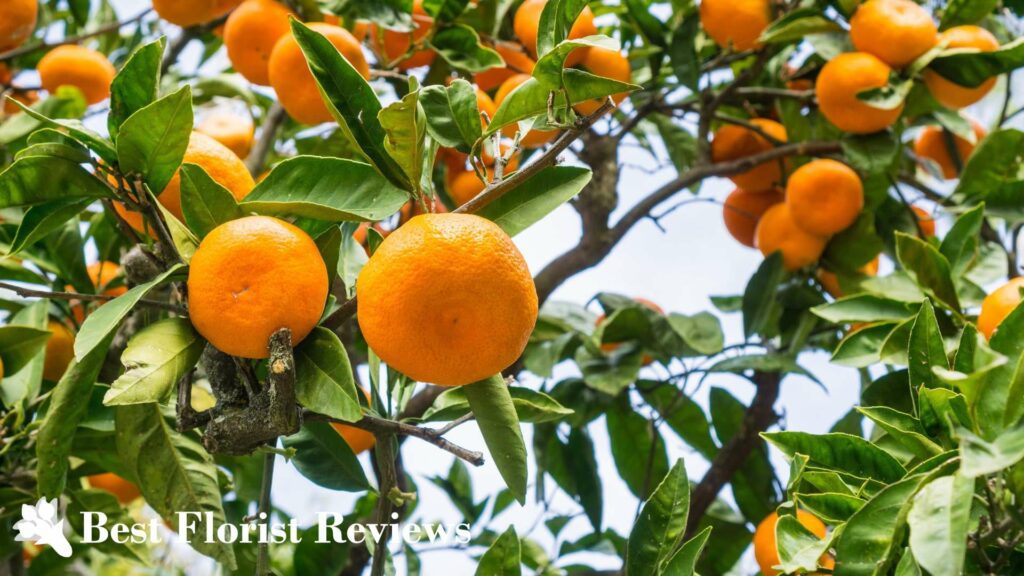

Botanical Name: Citrus unshiu
Origin: Japan
Size: 6 feet tall
Light: Full sun
Water: Every week during the growing season
Feeding: Feed thrice a year with a balanced citrus fertilizer
Satsumas are easy-to-peel and semi-seedless oranges. They have thin, loose orange skin, making it easy for you to enjoy their juicy and sweet flesh without making a mess.
It’s quite rare to see Satsumas in groceries, making this plant an extra special gift if you give it to someone who is a huge citrus fan.
Not only is its fruit sweet, but the plant also emits a sweet fragrant smell and can purify the air of VOCs, so it can act as a natural freshener for your home.
Moreover, Satsuma orange trees are very manageable as indoor plants. They’re compact when grown in pots and will produce fruits yearly as long as they receive at least 6 hours of direct sunlight daily.
Best for: Families with children. Not only is the plant a good air purifier, but it can also help parents teach kids about gardening.
Calamondin Orange
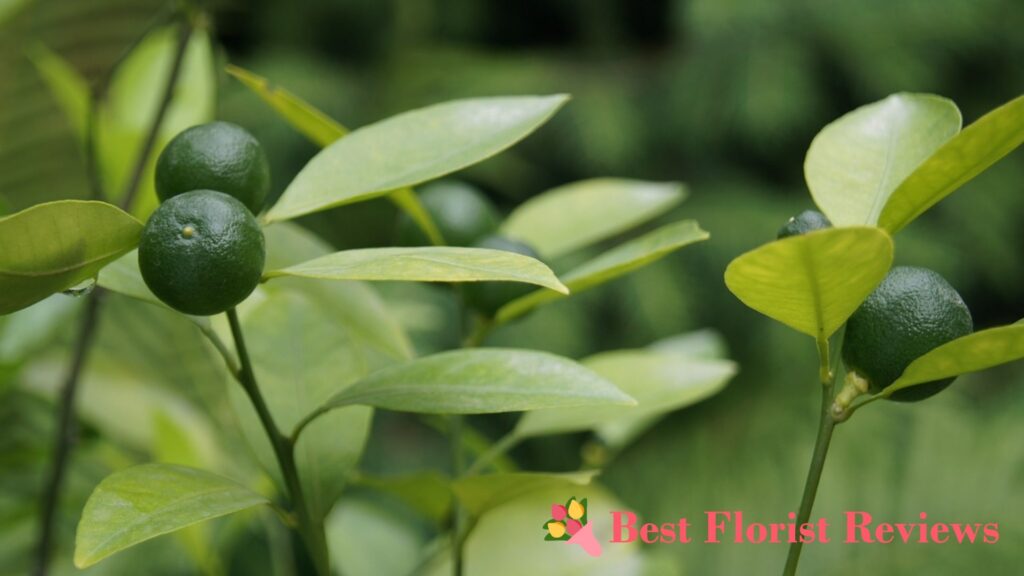

Botanical Name: Citrus × microcarpa
Origin: Philippines, Indonesia, Malaysia, Brunei, and China
Size: 6 to 10 feet tall
Light: Full sun
Water: Whenever the top 4 inches of the soil mix is dry
Feeding: Feed with full-strength water-soluble fertilizer monthly during summer. Feed with half-strength water-soluble fertilizer every month during winter.
Calamondin or calamansi is probably more familiar to Filipinos as a cooking ingredient rather than a houseplant. But this actually makes a great indoor houseplant because of its attractive appearance and fragrant flowers.
Although the plant is known as Philippine lemon, it’s actually not a lemon but a hybrid of Mandarin orange and kumquat. It produces small, orange and green, round fruit that typically only measure 1 to 1.5 inches.
Once the fruit is fully ripe, it can have a slightly sweet-tart flavor, like a combination of lime, lemon, and orange. The fruit can give various cuisines a tangy flavor and be juiced to make a refreshing marmalade.
Although the plant grows up to 10 feet, you can keep it much smaller through pruning. Its fruits are small, so the plant can hold them even if you keep the branches small.
Best for: Friends who love to cook. The fruits of this tree are good for dishes with a sweet-tart flavor.
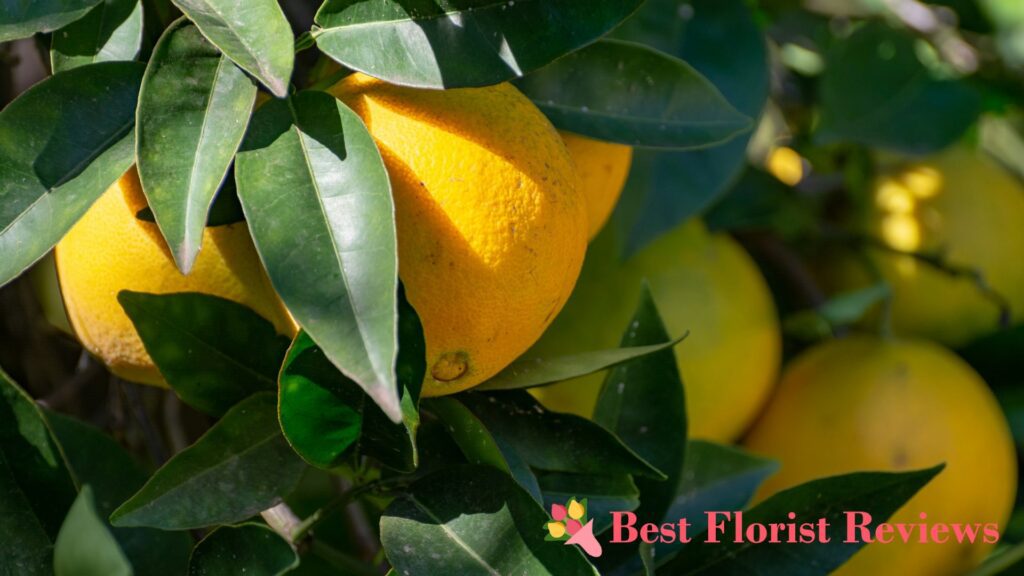

Botanical Name: Citrus sinensis ‘Washington’
Origin: Brazil
Size: 10 to 15 feet tall
Light: Full sun
Water: Once a week or when the top 10 cm of the soil is dry
Feed: Feed with well-balanced citrus fertilizer thrice a year
The Washington navel orange tree is well-regarded worldwide for its delicious, easy-to-peel fruit. It’s a staple fruit in many parts of the world and is one of the most popular varieties of sweet oranges to grow.
It’s believed to have originated in Bahia, Brazil, hence its former name, Bahia. They gained popularity when a cutting of it was imported to Washington, D.C., which gave rise to its current name.
The name “navel” comes from the distinctive navel-like formation on the blossom end of the fruit, which is a unique feature of this variety.
Fruits are typically harvested in late fall and throughout the winter months, depending on the region. They can add a sweet and juicy flavor to your desserts, marmalades, and fruit salad, or you can send them as gifts during the holiday season.
Best for: Retirees. Washington navel orange trees are relatively easy to grow, and growing them could be a great hobby for retirees who feel bored at home.
Honeybell


Botanical Name: Minneola tangelo
Origin: Minneola, Florida
Size: 8 to 10 feet tall
Light: Partial to full sun
Water: When the top two to three inches of the soil is dry
Feeding: Feed with balanced citrus fertilizer every 6 to 8 weeks
Honeybell, also known as Minneola tangelo, is a hybrid citrus fruit tree that combines the flavors of tangerines and grapefruits. It typically produces medium to large citrus fruits, somewhat resembling a bell, hence its name.
The flavor is a harmonious blend of sweetness from tangerines and a tangy hint from grapefruits. It’s a tasty, flavorful, and juicy snack you can share with your family and guests.
It usually grows up to 10 feet tall, so it’s important to regularly prune it to maintain a size suitable to your home. Choosing a large and sturdy container with good drainage is also advisable to prevent waterlogged roots and accommodate the plant’s growth.
Although it can be a bit harder to grow than other orange trees, it’s worth it once you harvest those bright orange fruits in late fall to early winter.
Best for: Avid home fruit growers. This particular type of orange tree can be more challenging to grow than other varieties, and it’s quite sensitive to temperature fluctuations, so it’s best for those who have experience growing other fruit trees.
Dwarf Valencia Orange
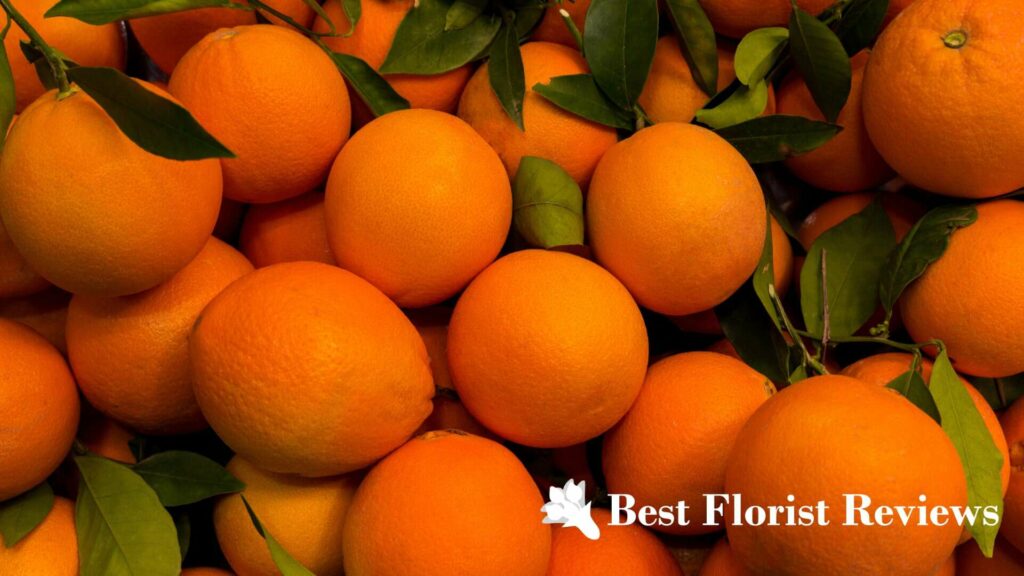

Botanical Name: Citrus sinensis
Origin: Valencia, Spain
Size: 8 to 12 feet tall
Light: Full sun
Water: Once a week
Feeding: Feed with nitrogen-heavy citrus fertilizer every 2 weeks during summer and spring and every 4 to 6 weeks during winter and fall
Valencia oranges are among the most popular and highly cultivated orange varieties in the world. If you’ve ever eaten an oval-shaped orange with a rough, leathery, hard-to-peel skin and slightly bittersweet flavor, then it’s probably Valencia orange.
Valencia oranges are highly regarded for their juiciness; they’re much juicier than other oranges. They’re the most popular oranges to use for freshly squeezed orange juices.
The tree also produces quite a lot of fruits, even when grown indoors. This makes it a perfect tree for those who love gifting citrus fruits to their friends and families.
Other Valencia orange trees can grow to as high as 30 feet, so it’s crucial that you take the dwarf variety of the tree if you want to grow it indoors. Make sure to regularly prune the plant when it’s outgrowing its pot, as even the dwarf variety can grow up to 12 feet.
Best for: People who are huge fans of citrus fruits. Since Valencia orange trees produce a lot of fruits, it can be a delightful gift for those particularly fond of oranges.
Hamlin
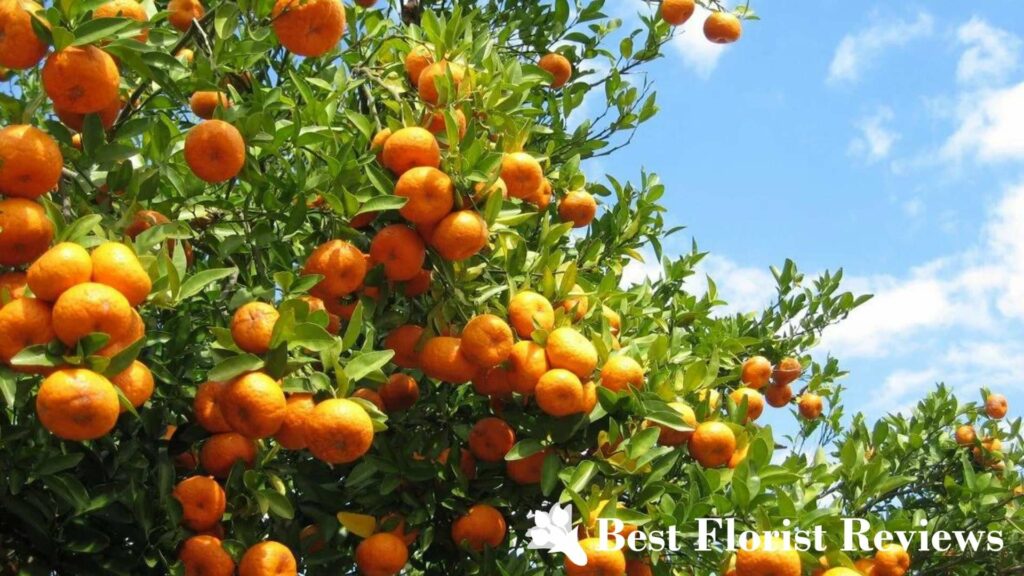

Botanical Name: Citrus sinensis ‘Hamlin’
Origin: Glenwood, Florida
Size: 8 to 10 feet tall
Light: Full sun
Water: Daily during summer and 2 to 3 times during spring
Feeding: Feed with citrus fertilizer monthly in late winter to early spring
The Hamlin orange tree, known for its exquisite fruit and adaptability, is an excellent gift for friends who love indoor orange trees. Its sweet and seedless medium-sized oranges make it a delightful snack right at their fingertips.
The plant is also high-yielding, so it can provide you or your friend with many fresh snacks. It also has a sweet and mildly acidic flavor, perfect for a refreshing orange juice any time of the week.
Additionally, Hamlin orange trees can tolerate cooler temperatures, making them suitable for various regions. They produce flowers from late fall to late winter, providing a harvest of delicious oranges during the year-end.
Best for: People who live in colder regions. Most orange trees prefer warm temperatures and may not do as well in colder regions, but Hamlin is quite cold-hardy, so it’s perfect for those who experience frost a lot.
Moro Blood Orange
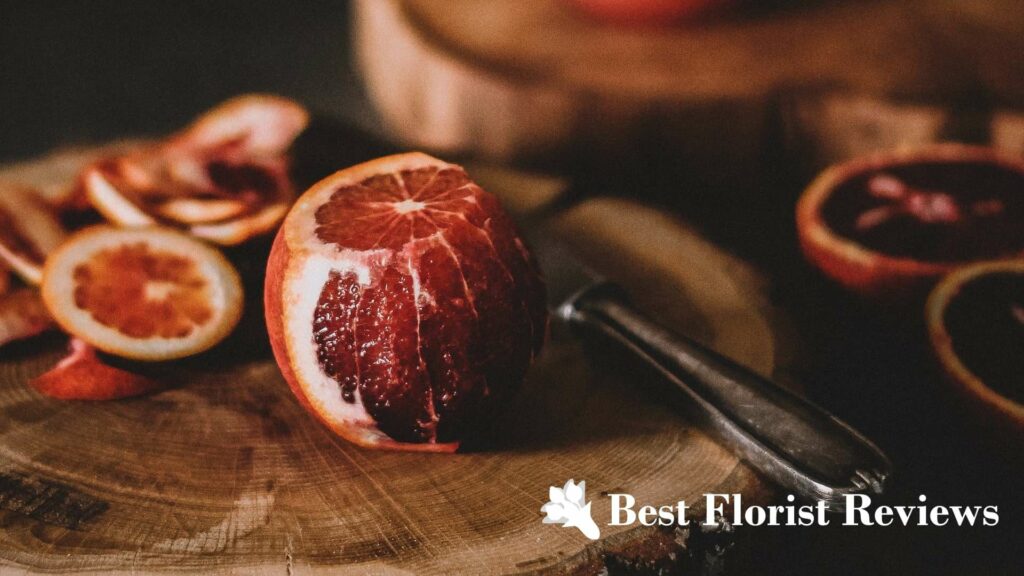

Botanical Name: Citrus sinensis ‘Moro’
Origin: Sicily, Italy
Size: 8 to 10 feet tall
Light: Full sun
Water: Twice a week during the first two to three months after planting, only when the soil is dry once the plant is established
Feeding: Feed with a balanced citrus fertilizer monthly during spring and fall
Moro blood sounds like a nightmarish and disturbing name for an orange tree, but this plant is anything but unpleasant. The name actually refers to its stunning, red-fleshed fruit that produces blood-colored juice when squeezed.
The hint of maroon on its fruits’ skin gives the plant a more dramatic look and sets it apart from standard oranges. It also has glossy dark green leaves that add to the plant’s appeal.
The fruits have a sweet and tart flavor, often stronger than standard sweet oranges. This makes them the perfect ingredients for cocktails, juices, desserts, and fruit salads.
This easy-to-grow orange tree can be a great addition to your indoor garden, and it can surely help make that boring south-facing windowsill of yours more interesting.
Best for: Someone who just moved to a new home. This dramatic and stunning orange tree can be a great addition to a new home, especially for young adults who just started living alone.
Common Problems of Indoor Orange Trees
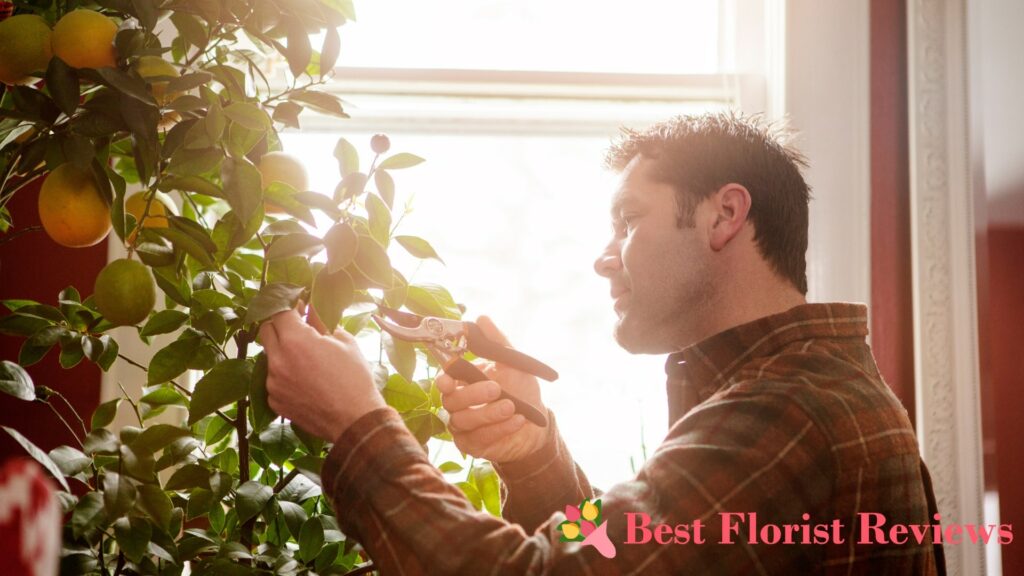

Orange trees are pretty manageable as indoor plants. As long as they receive enough sunlight, appropriate watering, and regular pruning, they can make your living spaces more vibrant and fresh.
That said, you can still face some issues while growing them.
Here are some of the common problems you may face while growing indoor orange trees and how to solve each of them:
Root Rot
Orange trees aren’t big fans of excessively wet soil, so they can easily suffer from root rot if they’re overwatered or the soil has poor draining capacity.
This is why it’s important not to use heavy clays as soil base since they’re known to not drain well.
Adding horticulture sand and perlite to the soil mix will help improve the soil quality and provide the orange tree with a much more appropriate growing condition.
It’s also crucial that you only water the plant when the soil is dry. The actual frequency varies depending on the type of orange tree, as some may need water every week, while some may need it every two weeks.
Poor Fruit Production
One of the most rewarding parts of growing orange trees, both indoors and outdoors, is when you see those round, orange fruits coming out. But it can be pretty concerning when your plant isn’t producing them as it should.
There can be a lot of reasons for this, but the most common for indoor orange trees is lack of pollination and improper watering.
Although orange trees are known to be self-fertile and don’t need bees to pollinate them, it’s been found that trees that have access to pollinators produce 35% more fruits than those that don’t.
Hence, it will be helpful to hand-pollinate them using a brush or feather.
Additionally, it’s crucial that you water the plants deeply to promote deeper root growth. Shallow roots are more vulnerable, and they may not be able to receive enough nutrients to produce fruits.
Pest Infestation
Probably one of the most headache-inducing problems you’ll encounter while growing orange trees is pest and bacterial infestation. It’s also the biggest threat to the health of both the fruits and the trees.
Among the most common pests you’ll find on orange trees are aphids. These are small black insects that suck the tree’s sap, causing the leaves to curl, turn yellow, and eventually die.
They also release a sticky residue that attracts more pests to the orange tree, leading to a bigger problem.
Once you start noticing aphids on your tree, deal with them immediately using horticultural oil or insecticidal soap. These grow in numbers fast, so you want to get rid of them as soon as possible.



